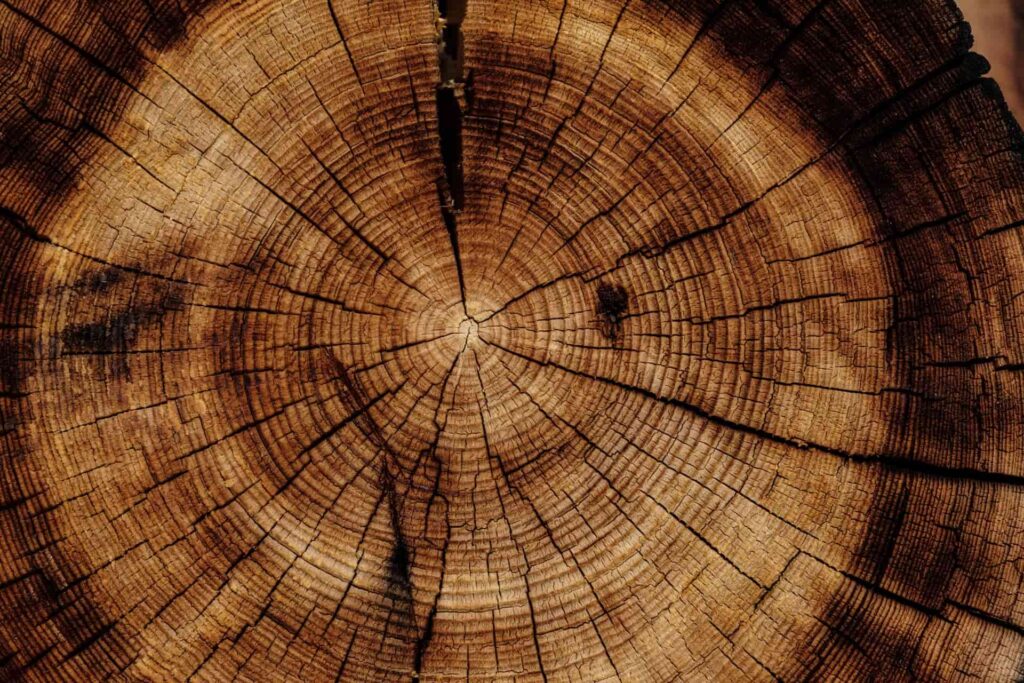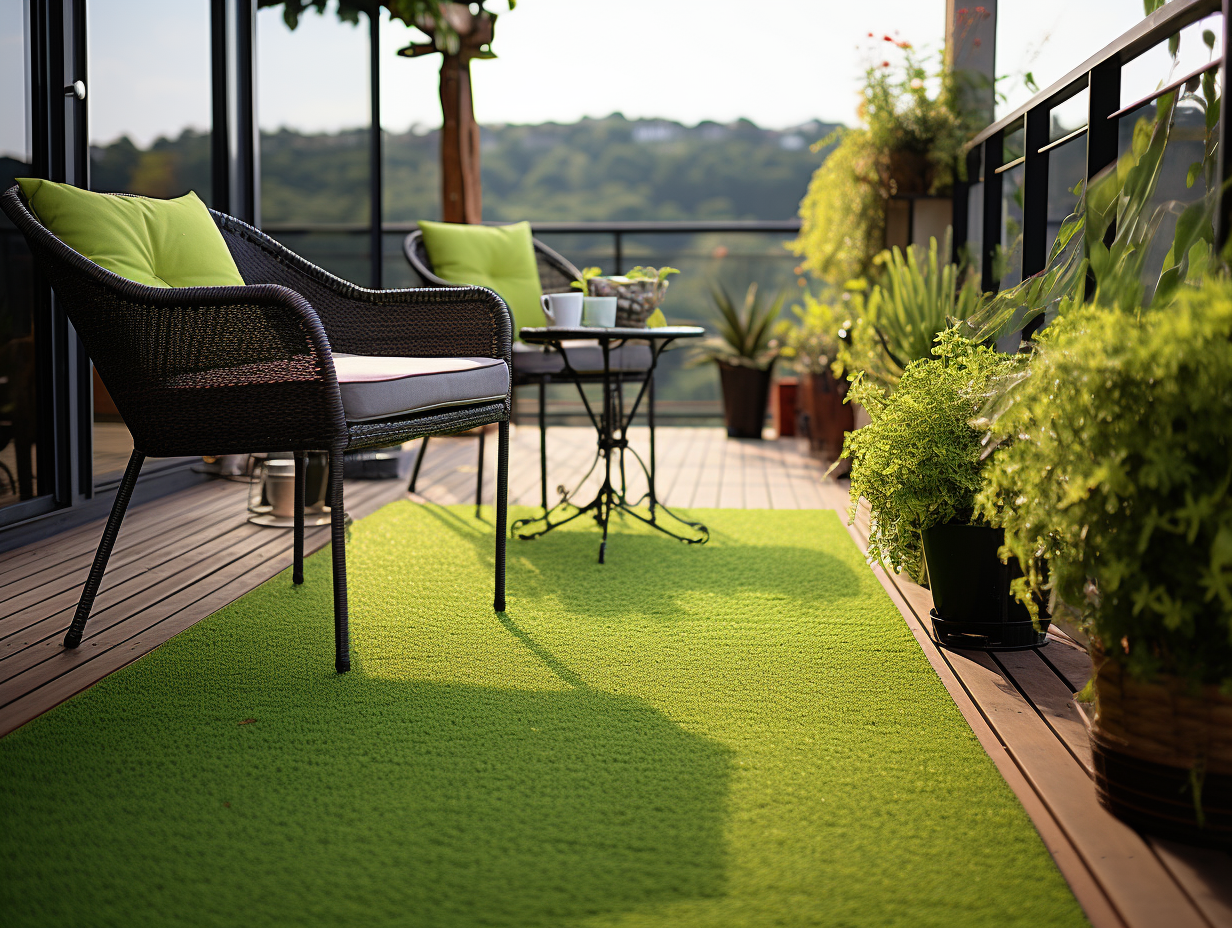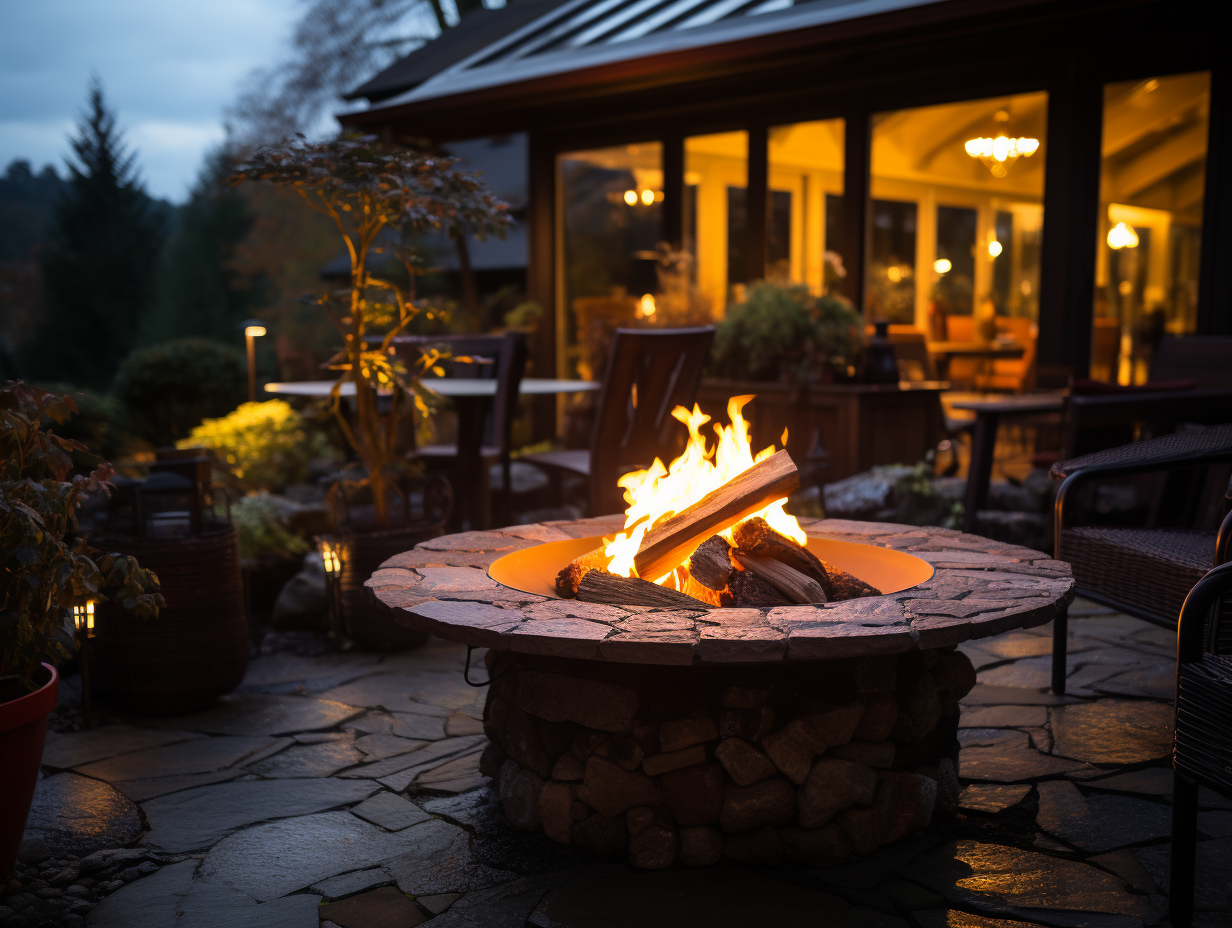The main disadvantage of acacia wood is that it is highly sensitive to extremes in temperature and sunlight, requiring more regular upkeep than other wood.
There is a lot of buzz around acacia wood furniture lately. It seems to be the “it” material for home furnishings.
There are many types of wood available on the market, but acacia wood is becoming a popular choice for outdoor furniture and other home décor items.
Acacia wood has many benefits, such as its beautiful appearance and its durability.
However, there are also some disadvantages to using acacia wood. In this blog post, we will discuss the pros and cons of using acacia wood so that you can make an informed decision about whether or not it is the right choice for your needs.

7 Disadvantages of Acacia Wood
Acacia wood is one of the most durable woods in existence. It is also quite heavy, making it a less desirable building material. Acacia trees are found in many parts of Africa and Australia, but they are not native to North America or Europe.
There are several disadvantages to using acacia wood, including:
- Acacia wood is temperature-sensitive.
- Difficult to work with
- It requires maintenance.
- Acacia wood can be difficult to find
- Acacia wood has a wavy grain structure with several knots.
- Acacia wood furniture is typically expensive to purchase.
- Acacia wood is solid and hefty.
1. Acacia Wood Is Temperature Sensitive
Acacia wood tends to expand and contract with changes in temperature. This change may cause gaps between the boards or joints, which can make acacia wood furniture look unattractive.
If you live in a climate with extreme temperatures, it’s important to consider whether this type of material will work well for your needs.
Woodworkers have found a way to work around this disadvantage by using a type of glue that expands and contracts with the wood. This helps to keep the furniture looking good for many years.
2. Difficult To Work With
Another disadvantage is that it’s difficult for woodworkers to work with acacia wood because of its density. The heavyweight makes it challenging for them to cut, sand, and finish the material by hand or machine tools.
If you’re looking for something easy on your hands then this may not be a good option. If someone wants an easier wood to work with there are a number of them.
3. It Requires Maintenance
Like any other type of wood, acacia wood requires maintenance in order to keep it looking its best. You will need to dust and polish your furniture on a regular basis in order to prevent it from fading or becoming scratched.
If you don’t have the time or inclination to do this, then acacia wood may not be the best choice for you.
Acacia wood furniture requires a little more maintenance than other types of furniture. You will need to clean and polish it regularly to keep it looking its best.
If you don’t have the time or inclination to do this type of regular upkeep, then acacia wood may not be the best choice for you.
4. Acacia Wood Can Be Difficult To Find
Acacia wood is not native to North America or Europe, so it can be difficult to find in these parts of the world. You may have to order it online or from a specialty lumberyard in your area.
Acacia wood is not widely available. Although there are some manufacturers that specialize in producing this type of furniture and other items, it may be difficult to find acacia wood at your local hardware store or lumber yard.
If you live in a rural area where there aren’t many businesses around, then finding the right type of material for your project may be tricky.
5. Acacia Wood Has a Wavy Grain Structure with Several Knots
The grain structure of acacia wood is quite unique and can be seen as a disadvantage to some people. The wavy grain can make it difficult to achieve a smooth finish, and the knots in the wood can be quite visible.
This may not be an issue if you are using acacia wood for something like flooring or decking where the grain structure will not be seen as much.
6. Acacia Wood Furniture Is Typically Expensive to Purchase
Acacia wood is a hardwood that can be expensive to purchase. It also requires more time and effort to build furniture with acacia wood because of the heavy nature of this type of material.
Therefore, you may need an expert in carpentry skills when building your own acacia wood furniture or buy it from someone who does know how to work with this type of wood.
The cost of acacia outdoor wood furniture can be high because it is hardwood and requires more time to build than softwoods like pine or cedar.
But we found really cheap acacia outdoor wood furniture HERE
7. Acacia Wood Is Solid and Hefty
Acacia wood is a solid and hefty material that can be challenging to work with. It’s not uncommon for acacia wood furniture pieces to weigh over 50 pounds (23 kg).
If you plan on moving the furniture often, these heavy items may prove problematic.
Does Acacia Wood Crack?
Yes, acacia wood is very prone to cracking and warping. The wood is also known to be quite brittle, which can lead to further damage and problems down the road.
There are a few different factors to consider when it comes to whether or not acacia wood will crack.
The first consideration is the climate where the wood will be used. Acacia wood is most commonly found in tropical and subtropical climates, so if you live in a colder climate, the wood may not be suitable for your needs.
Temperature and humidity also play a role in whether or not acacia wood will crack. If the temperature is too hot, it can cause cracking on one side of the board; if there’s too much moisture in the air, it may cause warping or splitting.
The third factor to think about is what type of finish was used. This could affect how easily the wood cracks.
Is Acacia Wood Waterproof?
The short answer is yes, acacia wood is waterproof. It’s a common misconception that all wood is porous and therefore not water-resistant, but this isn’t the case with acacia. This type of hardwood contains oils that act as a natural sealant, making it resistant to moisture and decay.
That said, there are some things you should know about maintaining acacia wood in environments where it will be exposed to water regularly.
If the wood is left unsealed, over time it will dry out and lose its ability to resist moisture; this means that if you have furniture made from acacia (such as an outdoor table), then we recommend applying a sealant about once a year before the rainy season begins so that it stays waterproof.
If you are planning on using acacia wood for something like an outdoor table, then do not let water sit on top of the surface because pooling can cause warping and splitting if left unchecked over time; we recommend drying off any spills immediately after they occur with a soft cloth or paper towel.
Does Acacia Wood Scratch Easily?
No, Acacia wood doesn’t scratch easily.
Acacia Wood is an exotic hardwood that can withstand damage caused by frequent use and abuse.
It is also known as Monkeypod or Wattle, and it has a Janka hardness rating of 2,300 lbf, making it harder than Teak (1,155 lbf) but softer than Oak (1,120 lbf).
This wood is mostly used for flooring, decking, and other outdoor applications because it can resist moisture and insect damage.
However, it also makes a great choice for furniture since it doesn’t scratch or dent easily.
How Long-Lasting Is Acacia Wood?
Acacia wood has a lifespan of up to 40 years even when untreated and unprotected.
When it comes to outdoor patio furniture, you want something that’s going to last. There are many materials on the market, but only one will outlast them all: acacia wood. Acacia wood is so long-lasting and durable because of its natural oils and tight grains.
Unlike other woods that need sealants or finishes to be weather-resistant, acacia wood is naturally a top pick for outdoor furniture.
Conclusion
Overall, acacia is a fantastic wood for furniture. However, acacia, like everything else, has its drawbacks. You’ll need to keep an eye on the sunlight and heat sources around your furnishings. This wood may also need to be oiled on occasion.
Of course, there are some relative issues. Acacia wood is more expensive than conventional American hardwoods due to its exotic classification and several benefits. Furthermore, acacia furniture is made of robust and dense wood.
So those are some of the disadvantages of acacia wood. You may be unconcerned about any of these difficulties. The pros and negatives vary depending on the scenario, but it is always beneficial to be as educated as possible.

![What Gravel To Use For Patio Base [Best Options]](https://www.cleverpatio.com/wp-content/uploads/2021/11/What-Gravel-To-Use-For-Patio-Base-270x180.jpg)


Leave a Reply